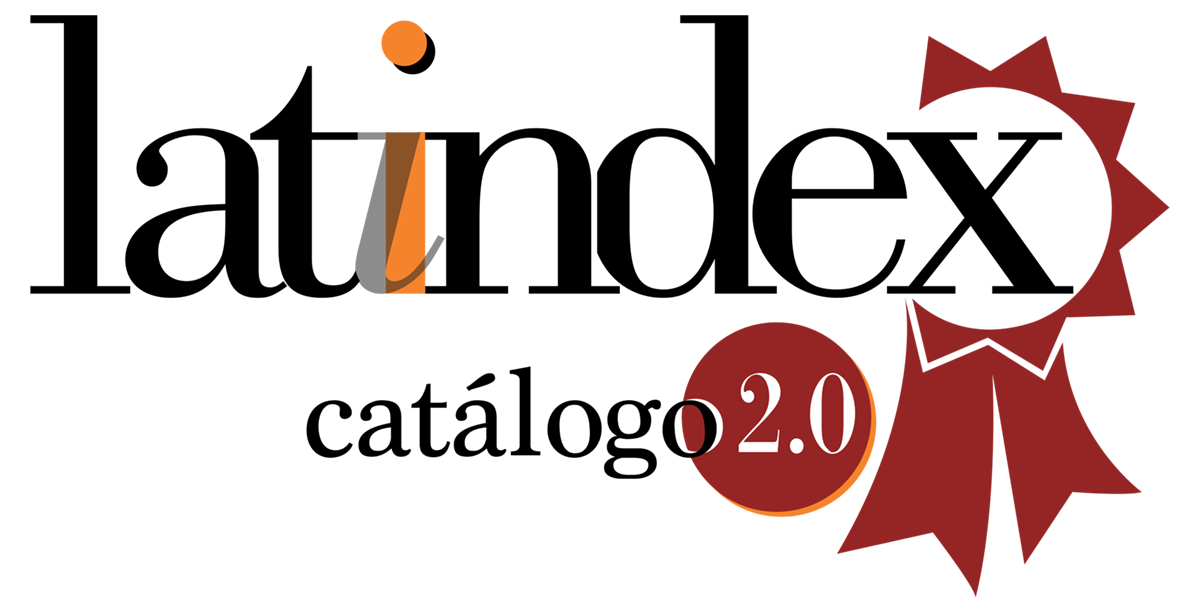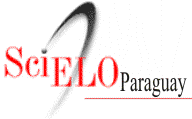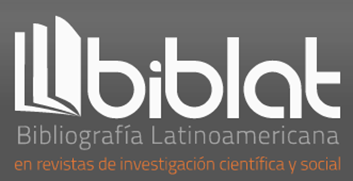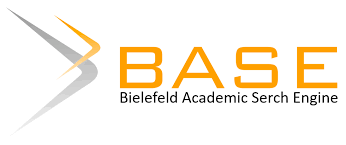Identificación de hongos entomopatogénicos de Atta sexdens en un sistema silvopastoril
DOI:
https://doi.org/10.57201/ieuna2323340Palabras clave:
beauveria, biocontrol, insectos trampa, Metarhizium, YsaúResumen
Las hormigas cortadoras Ysaú (Atta sexdens) son insectos sociales compuestas por una reina, soldados, obreras, jardineras y zánganos, formando un nido bien organizado y de difícil manejo y/o control. En Paraguay, en la última década, se ha convertido en una plaga invasora importante tanto para los cultivos forestales como agrícolas. El objetivo de la presente investigación fue la de identificar los hongos entomopatógenos (HE) en la zona de influencia de nidos, localizados en parcelas silvopastoril comercial de Urochloa brizantha MG-5 y Eucalyptus sp. La metodología para aislar HE fue el uso insectos trampas o cebos a base de hormigas reinas, colectadas e instalada en época de vuelo nupcial de los nidos de hormigas. Se utilizaron muestras de suelo de las parcelas silvopastoril y raíces de gramíneas (U. brizantha). También se aislaron de insectos muertos colectados. Los datos generados sobre la incidencia de insectos micosados se sometieron a análisis de varianza y las medias se sometieron a la prueba de Tukey. La comparación de las poblaciones de hormigas cortadoras de hojas se realizó mediante la prueba no paramétrica de Kruskal-Wallis para muestras independientes, cuyos resultados mostraron que no hubo diferencias significativas entre nidos para la variable hormigas micosados por hongos (H=2,463; p>0,05) y para la variable, muertos por otras causas (H=3,806; p>0,05). Los hongos entomopatógenos identificados fueron Beauveria bassiana y Metarhizium sp. aisladas de hormigas cortadoras de micorrizas obtenidas del área de influencia de nidos en un sistema silvopastoril.
Descargas
Referencias
Amarilla Salinas, E. y Arias Ruiz Díaz, O. R. (2011). Control de la hormiga cortadora “Akeke” Acromyrmex landolti con hongos entomopátogenos. Investigación Agraria, 13 (1), 27-32.
Barelli, L., Moreira, C. C. & Bidochka, M. J. (2018). Initial stages of endophytic colonization by Metarhizium involves rhizoplane colonization. Microbiology, 164(12), 1531-1540.
Barnett, H. y Hunter, B. (1998). Illustrated genera of imperfect fungi. APS PRESS. The American Phytopathological Society. Minnesota, EE.UU. pp 217.
Bischoff, J. F., Rehner, S. A. y Humber, R. A. (2009). A multilocus phylogeny of the Metarhizium anisopliae lineage. Mycologia, 101(4), 512-530. doi: 10.3852/07-202.
Garrido-Jurado, I., Márquez, M., Ortiz-Urquiza A., Santiago-Álvarez, C., Iturriaga, E. A., Quesada-Moraga, E., Monte, E. & Hermosa, R. (2011). Genetic analyses place most Spanish isolates of Beauveria bassiana in a molecular group with word-wide distribution. BMC Microbiology, 11, 84.
Garrido-Jurado, I., Resquín-Romero, G., Yousef-Naef, M., Ríos-Moreno, A. & Quesada-Moraga, E. (2020). Soil drenching with entomopathogenic fungi for control of the soil-dwelling life stages and adults of the same generation of Spodoptera littoralis (Boisd.) (Lepidoptera: Noctuidae). Boletín de investigaciones entomológicas. Universidad de Cambridge, 110 (2), 242-248.
Gryganskyi, A. P., Humber, R. A., Smith, M. E., Hodge, K., Huang, B., Voigt, K. & Vilgalys, R. (2013). Phylogenetic lineages in Entomophthoromycota. Persoonia, 30, 94-105.
Hibbett, D. S., Binder, M., Bischoff, J. F., Blackwell, M., Cannon, P. F., Eriksson, O. E., Huhndorf, S., James, T., Kirk, P. M., Lucking, R., Lumbsch, H. T., Lutzoni, F., Matheny, P. B., McLaughlin, D. J., Powell, M. J., Redhead, S., Schoch, C. L., Spatafora, J. W., Stalpers, J. A.,… Zhang, N. (2007). A higher-level phylogenetic classification of the Fungi. Mycological Research, 111, 509-547.
Atta sexdens (Linnaeus, 1758) in GBIF Secretariat (2023). Global Biodiversity Information Facility (GBIF) Backbone Taxonomy. Checklist dataset. https://doi.org/10.15468/39omei accessed via GBIF.org on 2023-11-20.
Hu, G. & Leger, R. J. S. (2002). Field studies using a recombinant mycoinsecticide (Metarhizium anisopliae) reveal that it is rhizosphere competent. Appl. Environ. Microbiol., 68(12), 6383-6387.
Humber, R. A. (2012). Entomophthoromycota: a new phylum and reclassification for entomophthoroid fungi. Mycotaxon, 120, 477-492.
O’Donnell K, Cigelnik E. & Nirenberg H. I. (1998). Molecular systematics and phylogeography of the Gibberella fujikuroi species complex. Mycologia, 90, 465-493.
Quesada-Moraga, E., Navas-Cortes, J. A., Maranhao, E. A. A., Ortiz-Urquiza, A. & Santiago Alvarez, C. (2007). Factors affecting the occurrence and distribution of entomopathogenic fungi in natural and cultivated soils. Mycological Research, 111, 947-966.
Raeder, U. y Broda, P. (1985). Preparación rápida de ADN a partir de hongos filamentosos. Applied Microbiology. 1, 17-20. https://doi.org/10.1111/j.1472-765X.1985.tb01479.x.
Rehner, S. A., Minnis, A. M., Sung, G. H., Luangsa-ard, J. J., Devotto, L. & Humber, R. A. (2011). Phylogeny and systematics of the anamorphic, entomopathogenic genus Beauveria. Mycologia,103, 1055-1073.
Statistix 10, Analytical Software. (2013). https://www.statistix.com/
Tamura, K., Stecher, G. & Kumar, S. (2021). MEGA 11: Molecular Evolutionary Genetics Analysis Version 11. Molecular Biology and Evolution, 38(7),3022-3027. https://doi.org/10.1093/molbev/msab120.
Tao, Q., Tamura, K., Battistuzzi, F. & Kumar, S. (2019). A Machine Learning Method for Detecting Autocorrelation of Evolutionary Rates in Large Phylogenies. Molecular Biology and Evolution, 36(4), 811-824.
Zimmermman, G. (1986). The Galleria bait method for detection of entomopathogenic fungi in soil. Journal of Applied Entomology, 102, 213-215.
Publicado
Número
Sección
Licencia
Derechos de autor 2023 Gloria Arminda Resquín-Romero, Humberto Sarubbi-Orue, Fanni Petrona Ruiz-Samudio, Sergio Manuel Chamorro-Diaz, Mirtha Vera de Ortiz, Katarzyna Golan; Inmaculada Garrido-Jurado (Autor/a)

Esta obra está bajo una licencia internacional Creative Commons Atribución 4.0.


















